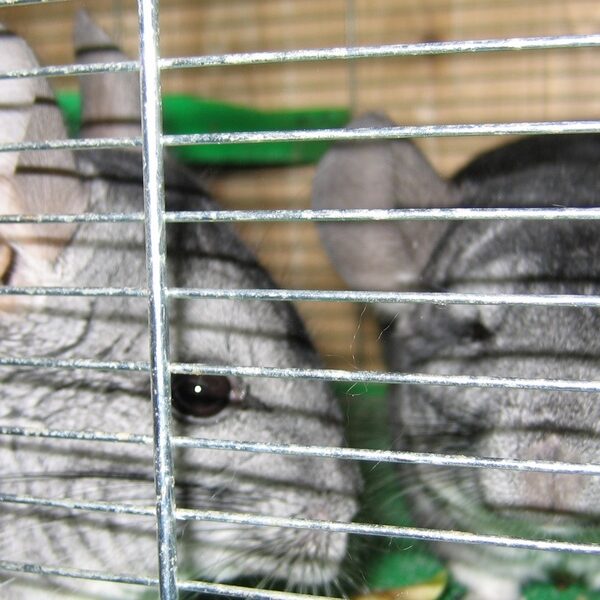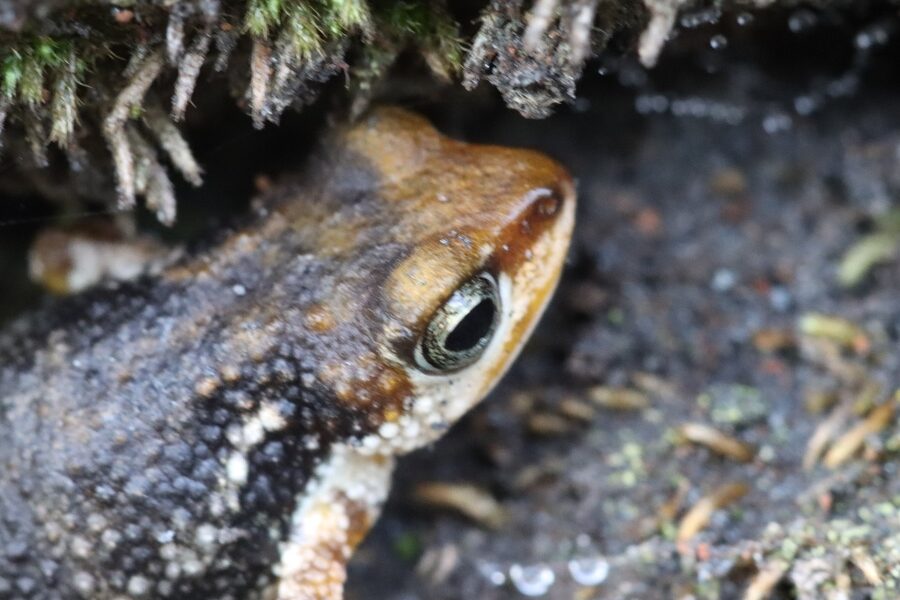The Sudd wetlands in South Sudan expand and contract with the seasons but can cover tens of thousands of square kilometers, creating a moving mosaic of open water, reedbeds and floodplain grassland that supports millions of birds and large concentrations of mammals. Since South Sudan became independent in 2011, conservationists and communities have paid renewed attention to this landscape because its biological richness underpins fisheries, grazing and cultural life across the Nile basin. This piece highlights ten emblematic species that capture the ecological richness, cultural importance, and conservation challenges of South Sudan, and it promises concrete facts, vivid photographic imagery (imagine a shoebill poised in papyrus, a herd of elephants crossing a glittering floodplain) and practical conservation takeaways. Expect references to IUCN and BirdLife assessments, park names like Boma and Badingilo, and examples of community-based programs that aim to balance livelihoods with wildlife protection.
Large Mammals of the Floodplains and Savannah
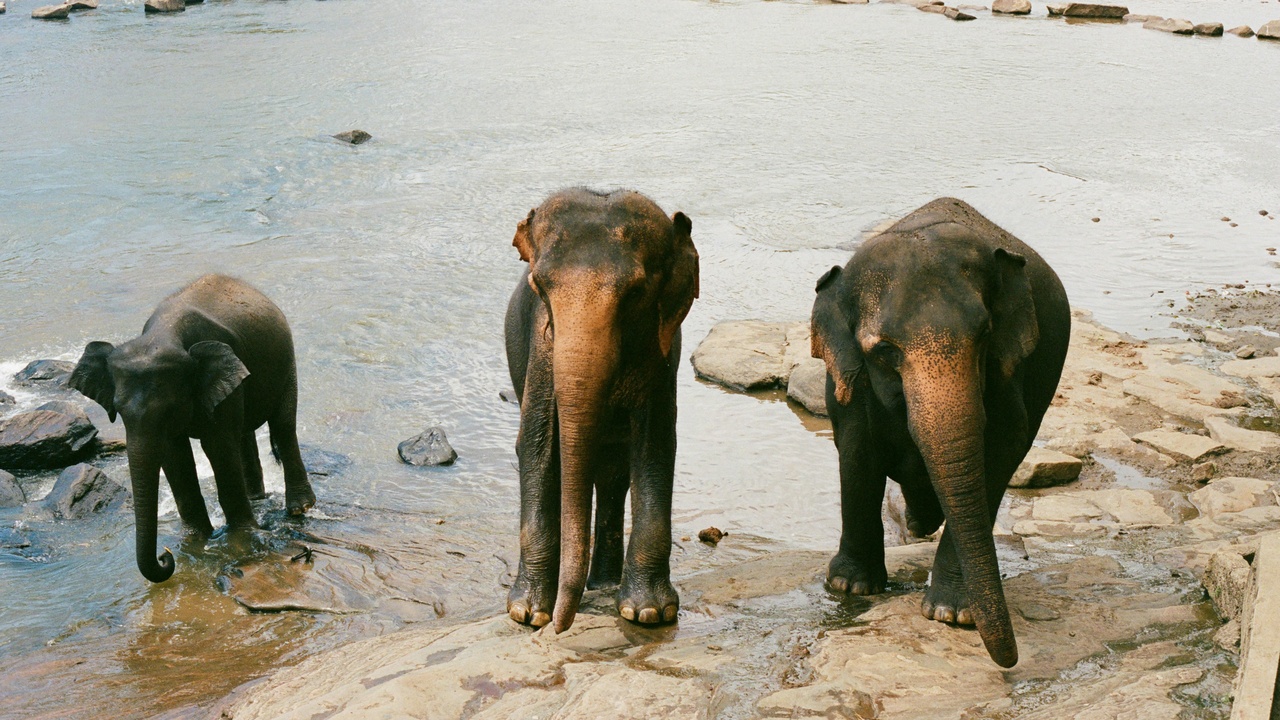
The Sudd’s seasonal floodplains and adjacent savannahs form the backbone for large-bodied herbivores and semi‑aquatic species: open grasslands for grazers, gallery forests and acacia stands for browsers, and a web of channels and oxbows for water‑dependent animals. Large mammals act as landscape engineers—elephants knock over trees and open pathways, buffalo and lechwe cycle nutrients between land and water, and hippos move tons of plant matter each night, redistributing nutrients to river channels.
Those processes support predators, scavengers and human livelihoods, but they face familiar threats: poaching, habitat fragmentation from development, and the legacy of conflict that has limited survey work and law enforcement. Protected areas such as Boma National Park (over 20,000 km²) and Badingilo National Park are important strongholds, and groups like WWF, IUCN and local community programs have begun anti‑poaching and community‑conservation initiatives that blend patrols with livelihood incentives.
Conservation here means bolstering both scientific surveys (camera‑traps, aerial counts) and community partnerships so that large mammals continue to perform the ecological roles that sustain fisheries, pasture and ecotourism.
1. African Elephant
The African elephant is a keystone species across South Sudan’s savannah and floodplain systems, instrumental in shaping tree cover and creating grazing mosaics for other herbivores.
IUCN lists the African elephant as Endangered (IUCN Red List) and regional population estimates are uncertain after decades of conflict; local surveys and ranger reports indicate fragmented but persistent herds in areas such as Boma and along historic corridors into the Sudd. Elephants fell trees, open waterholes and disperse large seeds—activities that increase plant diversity and create habitats for smaller species.
There is practical value too: elephant viewing supports potential eco‑tourism revenue and community employment from guides and guest services, provided anti‑poaching measures (supported by NGOs and park authorities) keep populations viable.
2. Giraffe
Giraffes are among the most visible savannah species, occupying a high‑browse niche that keeps woody growth in check and shapes acacia stands used by many birds and mammals.
Giraffe taxonomy and subspecies status have been revised in recent years, and country‑level records show occasional sightings inside protected areas and community lands. Their presence signals a healthy savannah structure; declines often reflect overgrazing, habitat loss or increased hunting pressure.
Photographers prize giraffe encounters for low‑impact tourism opportunities, and local stories often feature giraffes in cultural storytelling—an asset for community‑led wildlife enterprises.
3. African Buffalo
African buffalo are common grazers on floodplain grasslands and form large herds that are important prey for lions and other predators.
Herds can number in the hundreds during seasonal floods, and their movements strongly influence predator distributions. Buffalo also intersect with human livelihoods—crop damage and disease transmission (for example, bovine tuberculosis concerns) complicate management and require different strategies than those used for elephants.
Managers in the Sudd region balance wildlife needs and community protein sources through regulated hunting in some areas and by integrating buffalo biology into park planning and veterinary programs.
4. Hippopotamus
Hippos occupy rivers, oxbow lakes and floodplain pools; by grazing at night and defecating in water, they transfer large amounts of terrestrial biomass into aquatic systems and shape channel sediments.
Adults commonly weigh between 1.5 and 3 tonnes and spend daylight hours submerged, emerging at night to graze on grasses. Their nutrient inputs can support fish productivity, but hippos also pose safety risks to fishermen and river users.
Pods of hippos are frequently recorded in the White Nile and Sudd oxbows, and local fishing practices—timing, boat use, and gear—have adapted in places to reduce dangerous encounters.
Predators: Big Cats and River Hunters
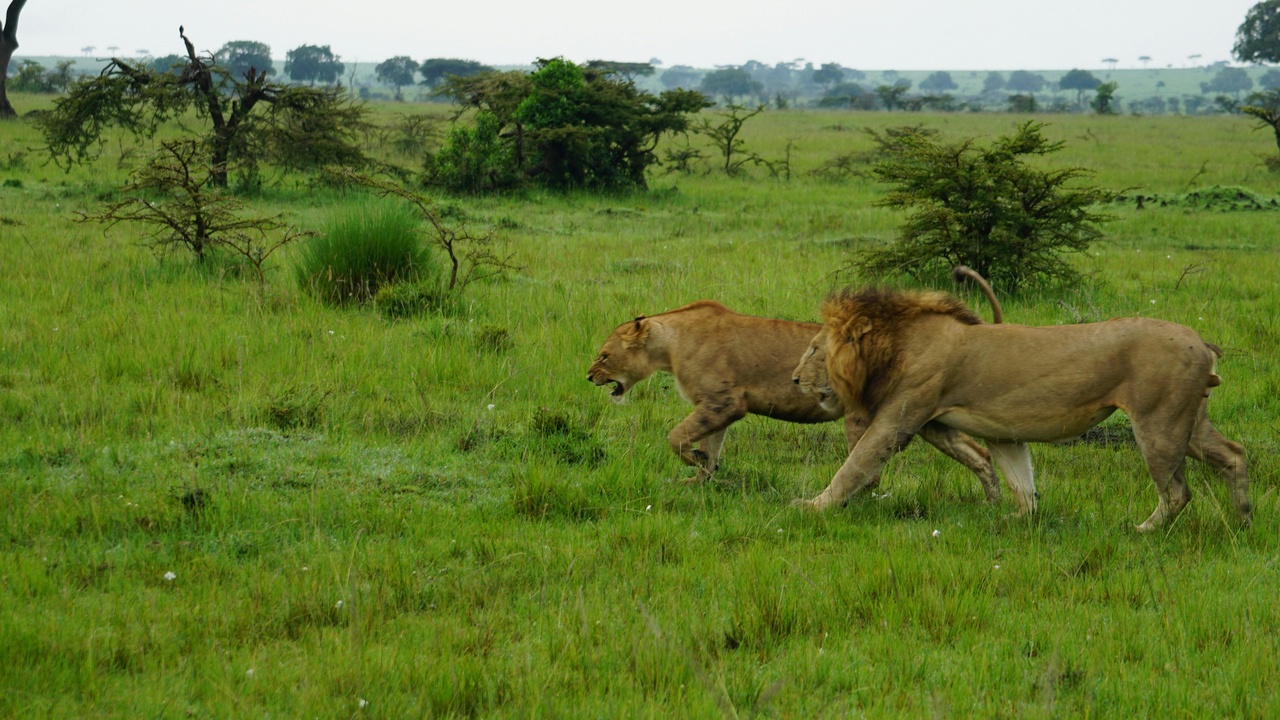
Predators exert top‑down control that keeps prey populations in balance and provides carrion for scavengers. In South Sudan, carnivore dynamics are tightly linked to prey abundance, seasonal floods and human activity.
Years of limited fieldwork mean there are data gaps: camera‑trap projects and targeted surveys (often supported by regional NGOs) are only recently filling in baseline knowledge, which is critical for designing conflict mitigation and protected‑area management.
Human–predator conflicts—livestock losses, retaliatory killings, and occasional attacks—remain a management priority and an entry point for community conservation programs that combine compensation schemes, improved corrals and livelihood alternatives.
5. Lion
The lion is an apex predator and a powerful cultural symbol across the region, anchoring both ecosystem function and tourism appeal.
IUCN lists the lion as Vulnerable, and country‑specific population estimates for South Sudan are sparse; regional studies show declines in many parts of East Africa, but protected areas near Boma and transboundary landscapes may still host remnant prides. Lion ecology—pride social structure and cooperative hunting—depends on abundant medium‑to‑large ungulates.
Practical conservation responses borrow from neighboring recovery programs: community livestock protection, rapid response patrols for poaching, and tourism revenue‑sharing that gives local people a stake in lion survival.
6. Leopard
Leopards are elusive and adaptable; they often persist where larger predators decline because of their stealthy, solitary ecology and flexible diet.
Monitoring leopards is challenging—camera‑trap records and ranger observations are the best evidence available in many parts of South Sudan—and that scarcity of data can mask steady but vulnerable populations. When present, leopards provide valuable photographic opportunities for small‑scale ecotourism.
Reports from camera‑trap projects and ranger logs sometimes record leopards near community lands, underscoring the need for non‑lethal livestock protection measures to prevent retaliatory killing.
7. Nile Crocodile
The Nile crocodile is the dominant riverine predator across the White Nile and Sudd waterways, an ambush hunter and scavenger that plays a key role in aquatic food webs.
Adults commonly reach 3–5 meters in length (natural history references) and concentrate at river bends, sandbars and oxbow lakes where fish are abundant. Their presence reflects healthy aquatic systems but also affects how people fish and travel.
Communities adapt by altering fishing times, using safer boats and sharing local knowledge about crocodile hotspots. Conservation approaches that respect both human safety and crocodile populations help sustain riverine livelihoods.
Wetland Specialists and Iconic Birds
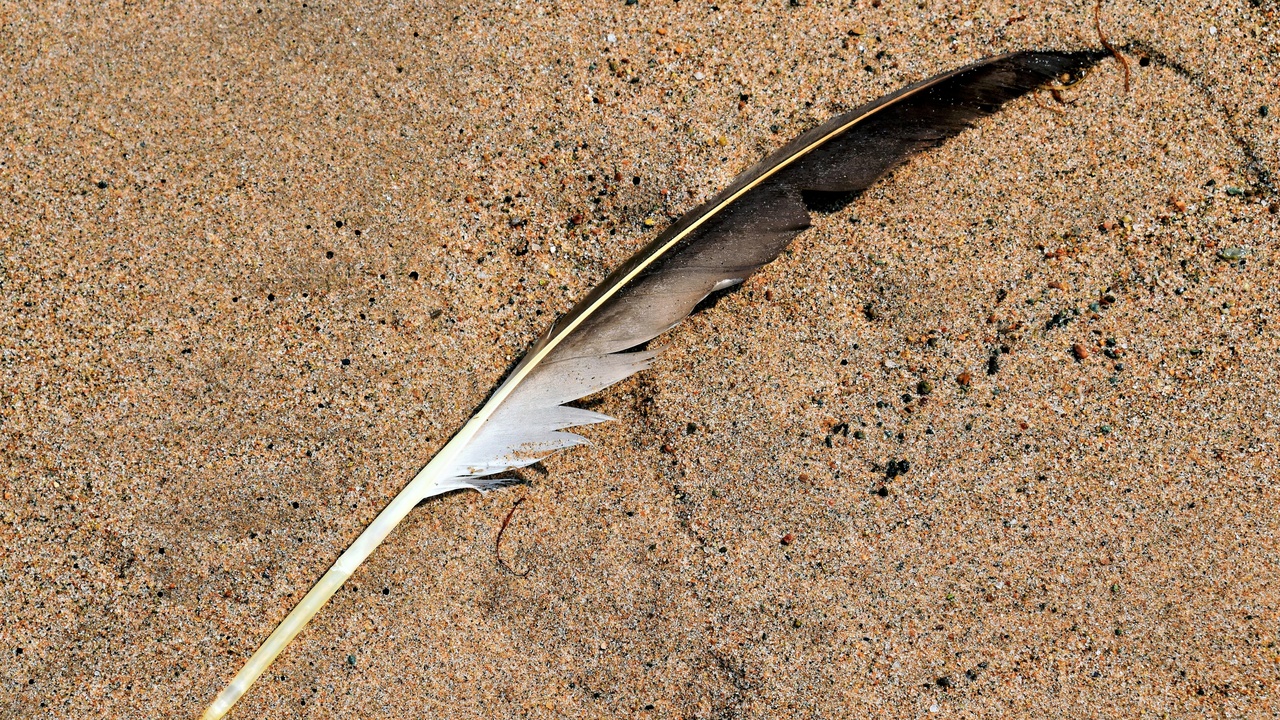
The Sudd is a globally important wetland—seasonally expanding to tens of thousands of square kilometers—that supports specialists whose life histories are intertwined with flood pulses and papyrus reedbeds. Wetland specialists matter for hydrology, fisheries and regional biodiversity, and their presence or absence often signals changes in water quality and flow.
International bodies such as Ramsar and conservation organizations have focused attention on the Sudd because maintaining water regimes here affects the Nile basin downstream. Protecting marsh specialists depends on integrated water management and community stewardship of reed harvests and fishing grounds.
8. Shoebill (Balaeniceps rex)
The shoebill is an iconic, prehistoric‑looking marsh bird strongly associated with the Sudd; its massive bill and slow, deliberate hunting style make it instantly recognizable to birders.
With a wingspan up to about 2.5 meters and an IUCN status of Vulnerable (BirdLife International/IUCN assessments), the shoebill is a top marsh predator feeding on large fish and lungfish. Its presence signals healthy wetland habitat and intact fish populations.
Shoebill watching attracts specialist birders, and community‑based guiding—when paired with clear codes of conduct—can provide income while minimizing disturbance. BirdLife and regional birding expeditions have documented shoebill localities within South Sudan and neighboring wetlands, underscoring the Sudd’s conservation value.
9. Nile Lechwe
The Nile lechwe is a water‑loving antelope adapted to floodplain marshes and shallow inundated grasslands, often seen wading through seasonal floods.
IUCN assessments identify the Nile lechwe as Endangered at a continental level, and its dependence on specific flood regimes makes it especially sensitive to drainage, dam projects and changes in seasonal flooding. Concentrations of lechwe in the Sudd provide an indicator of wetland integrity that managers and researchers monitor.
Protecting lechwe benefits fisheries and water regulation because measures that maintain natural flooding also support fish breeding and reed regeneration—critical resources for local communities.
10. Sitatunga
The sitatunga is a lesser‑known, swamp‑adapted antelope that moves through reedbeds on broad, splayed hooves designed for floating vegetation.
Its morphological adaptations—narrow face, elongated hooves—and stealthy behavior make it well suited to papyrus and reed thickets, where it helps maintain reedbed structure and serves as prey for marsh predators. Sitatunga are sensitive to drainage and reed harvesting that eliminates cover.
Local hunters and fishers often have rich traditional knowledge about sitatunga behavior and hotspots, and incorporating that knowledge into wetland research has helped record sightings and inform conservation measures.
Summary
- The Sudd and adjacent savannahs are a linchpin for regional biodiversity—seasonal floods (up to tens of thousands of km²) support species from hippos to shoebills and sustain fisheries and grazing.
- Conservation must combine scientific surveys (camera‑traps, aerial counts) with community partnerships and protected area management (for example, Boma and Badingilo) to address poaching, hydrological change and data gaps.
- Iconic and specialist species—elephants (IUCN Endangered), shoebills (IUCN Vulnerable), Nile lechwe (IUCN Endangered)—serve as indicators of ecosystem health and as potential pillars for responsible ecotourism and local livelihoods.
- Practical ways to help: support reputable organizations such as IUCN or BirdLife International, visit with registered local guides where possible, and back community‑led conservation programs that tie protection to tangible benefits.
- One surprising insight: marsh species like the shoebill are not just rare spectacles—they’re an early warning system for wetland decline, and protecting them yields broad benefits for water, fisheries and people.

